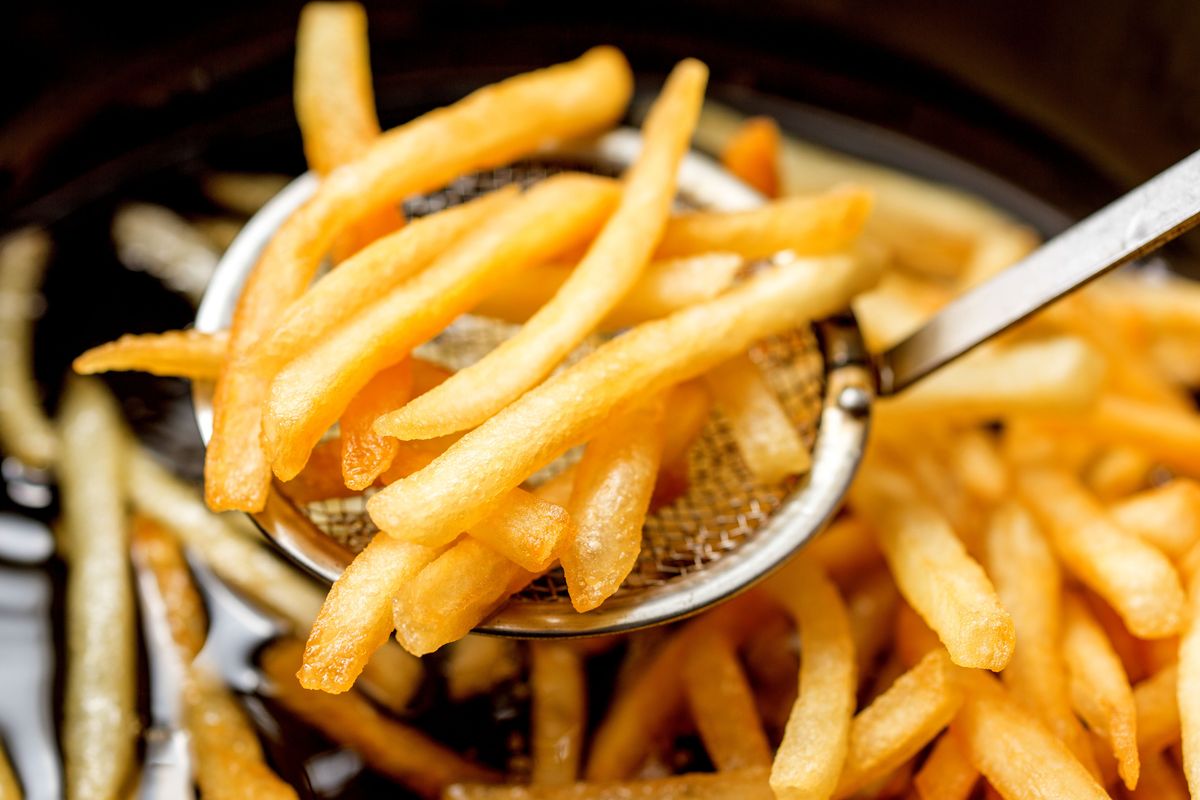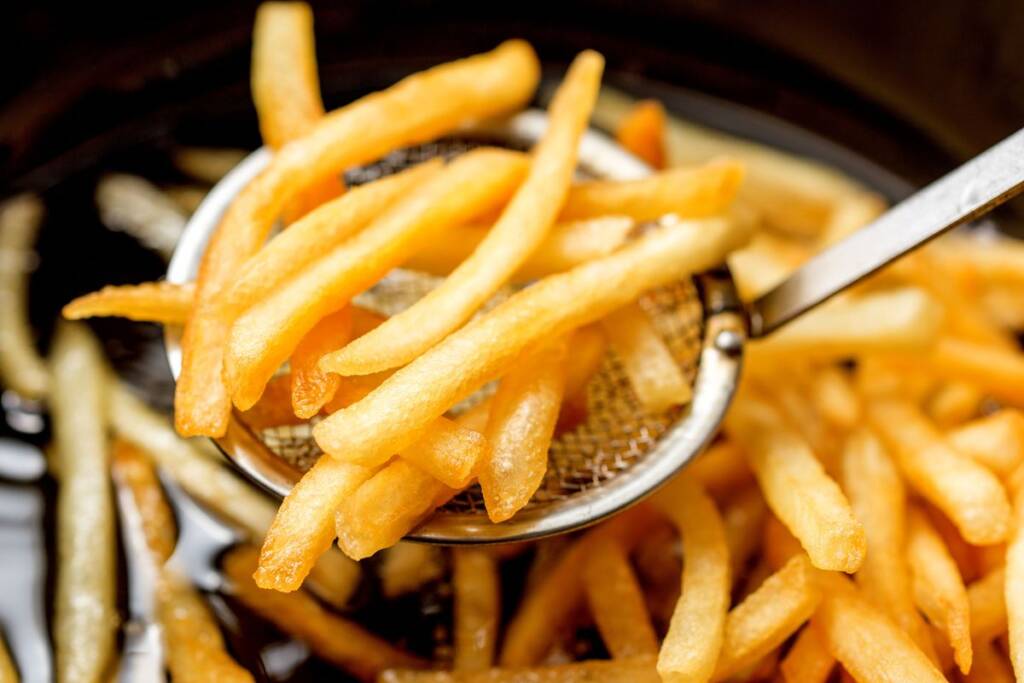Food
What is acrylamide and how to avoid it in cooking

Acrylamide: what it is, what it is bad for, how to recognize it and what to do to avoid it during cooking.
Acrylamide is a chemical that forms naturally during high-temperature cooking of certain foods, such as chips, toast, coffee and cereals. Despite only being discovered in the 1990s, acrylamide has come under great scientific attention and public health concern . Numerous studies have in fact shown that it can be potentially carcinogenic to humans. For this reason, the European Union has established safety limits for this substance in food and has issued recommendations for reducing its presence. Let's find out together why it hurts and what we can do to avoid it during cooking.
Acrylamide: what it is and why it hurts
Acrylamide is a chemical substance that can form in some foods, especially starchy foods such as potatoes and some cereals, when they are cooked at high temperatures. It is an organic compound made up of three atoms: carbon, hydrogen and nitrogen. It can form naturally when some carbohydrates (such as potatoes or grains) are cooked at temperatures above 120°C for long periods of time. This happens when baking, frying or roasting.

Acrylamide has become a hot topic due to its possible link to cancer risk. Recent studies have shown that it has the potential to increase the risk of cancer when ingested in larger volumes than are typically found in our diets. We know there are ways to limit acrylamide buildup like avoiding burnt toast and chips because both have considerably higher levels than other foods. But there are also other tricks that can be used.
How to avoid it during cooking?
The first step in reducing your exposure to acrylamide while cooking is to pay attention to your oven's temperature settings. We follow the instructions and do not overdo the temperature to speed up the cooking process. Another first trick is to stir or flip foods every now and then while cooking. Foods with longer cooking times require more attention as they are more likely to produce larger amounts of this harmful chemical due to its continued exposure to the heat source. Stirring and flipping can decrease the rate of reaction between sugars and proteins, resulting in less production of acrylamide molecules during the cooking process.
Finally, adding additional spices or herbs during cooking can also reduce levels of this compound without significantly changing the flavor or texture integrity of your dishes. Garlic or onion powder, or even a little smoked paprika, can add an extra layer of flavor, helping to keep paprika production rates low.
It's easy to make small changes in your cooking habits to avoid acrylamide. By reducing high-heat cooking methods such as frying, baking and grilling, it is possible to halve or even omit the acrylamide content of some foods. By making these simple changes to your habits, you can reduce your overall intake of this toxic substance, ensuring you're still getting tasty, albeit healthier, meals.
Riproduzione riservata © - WT











